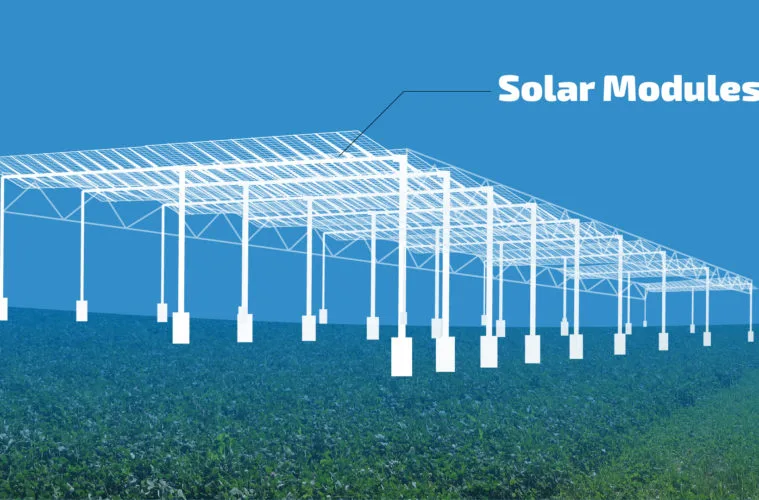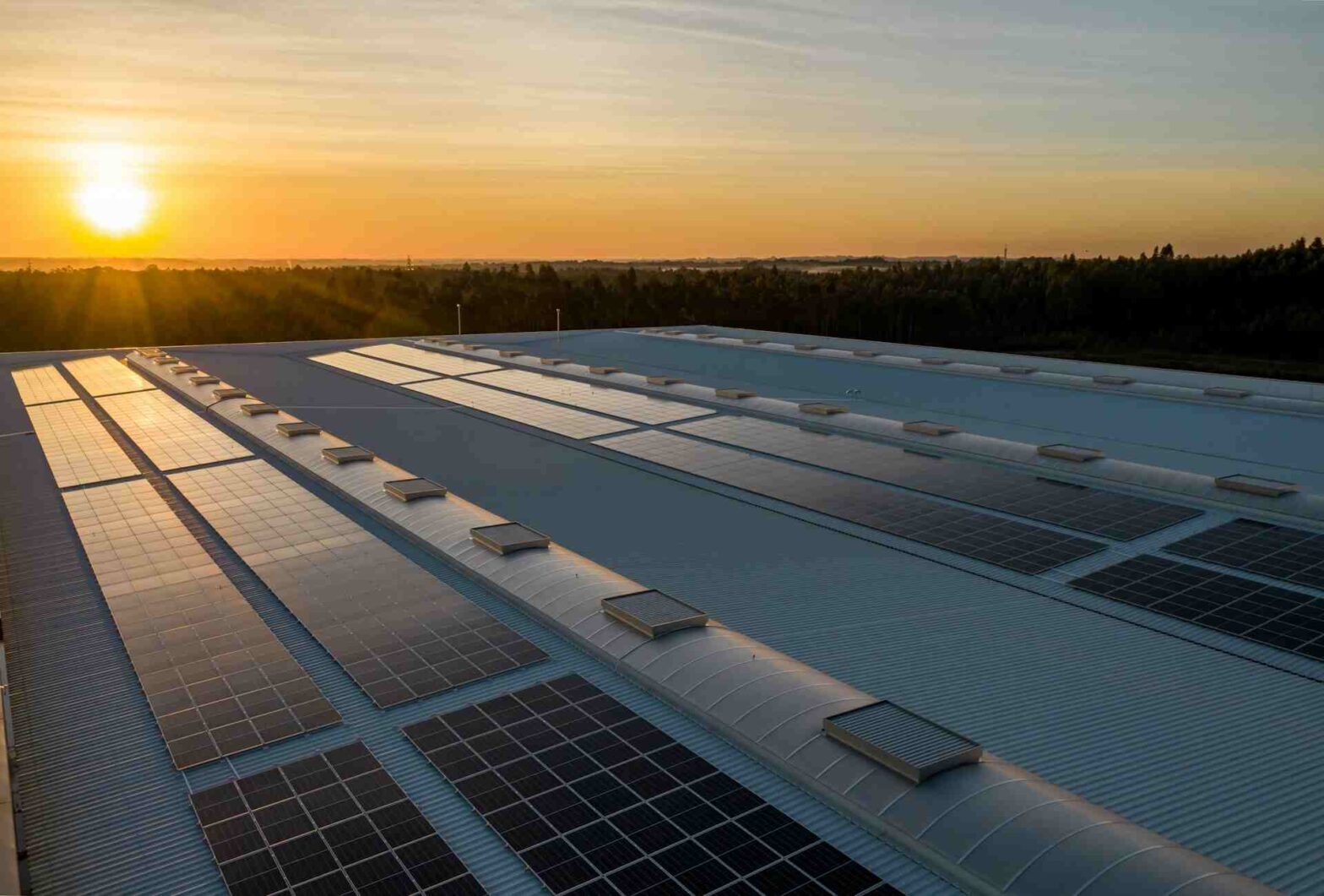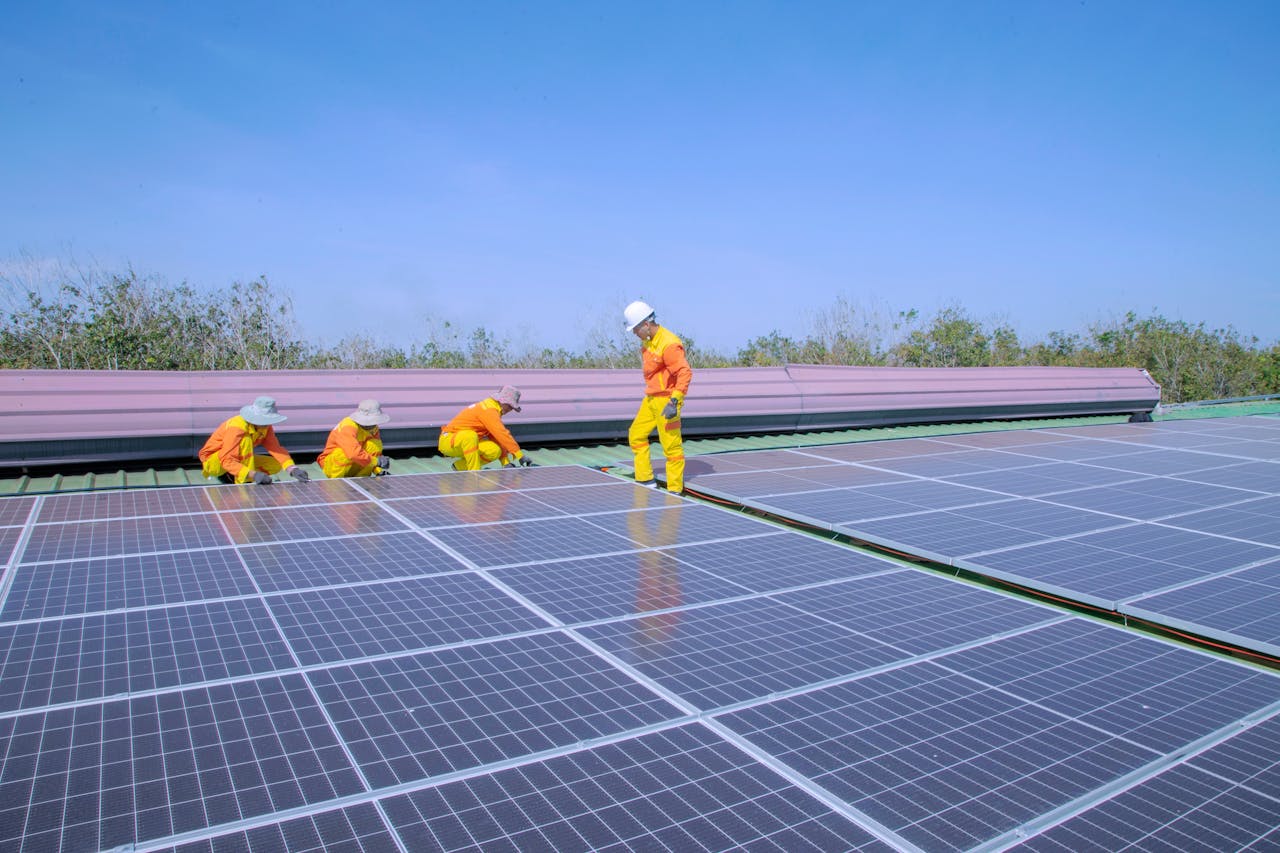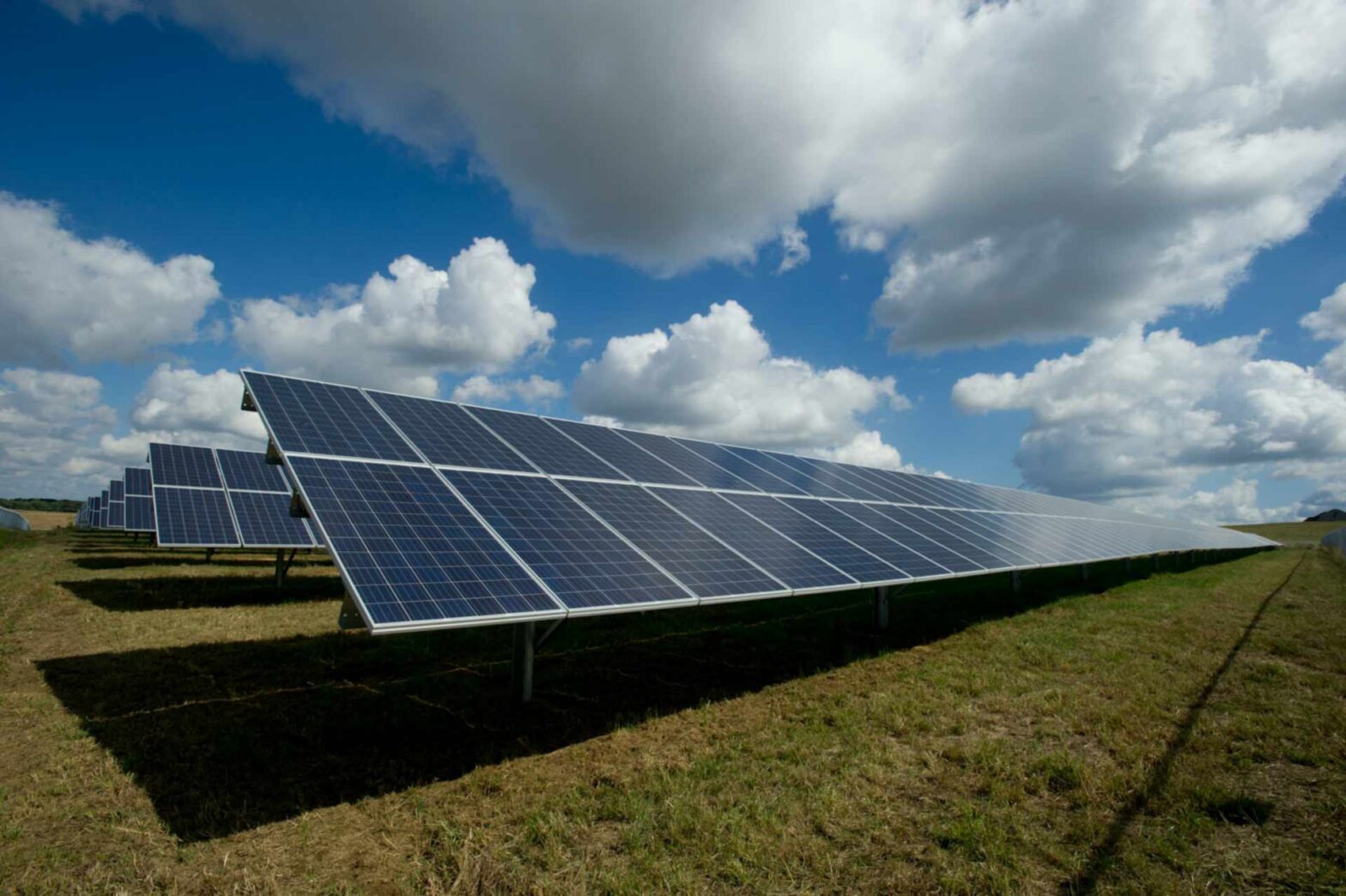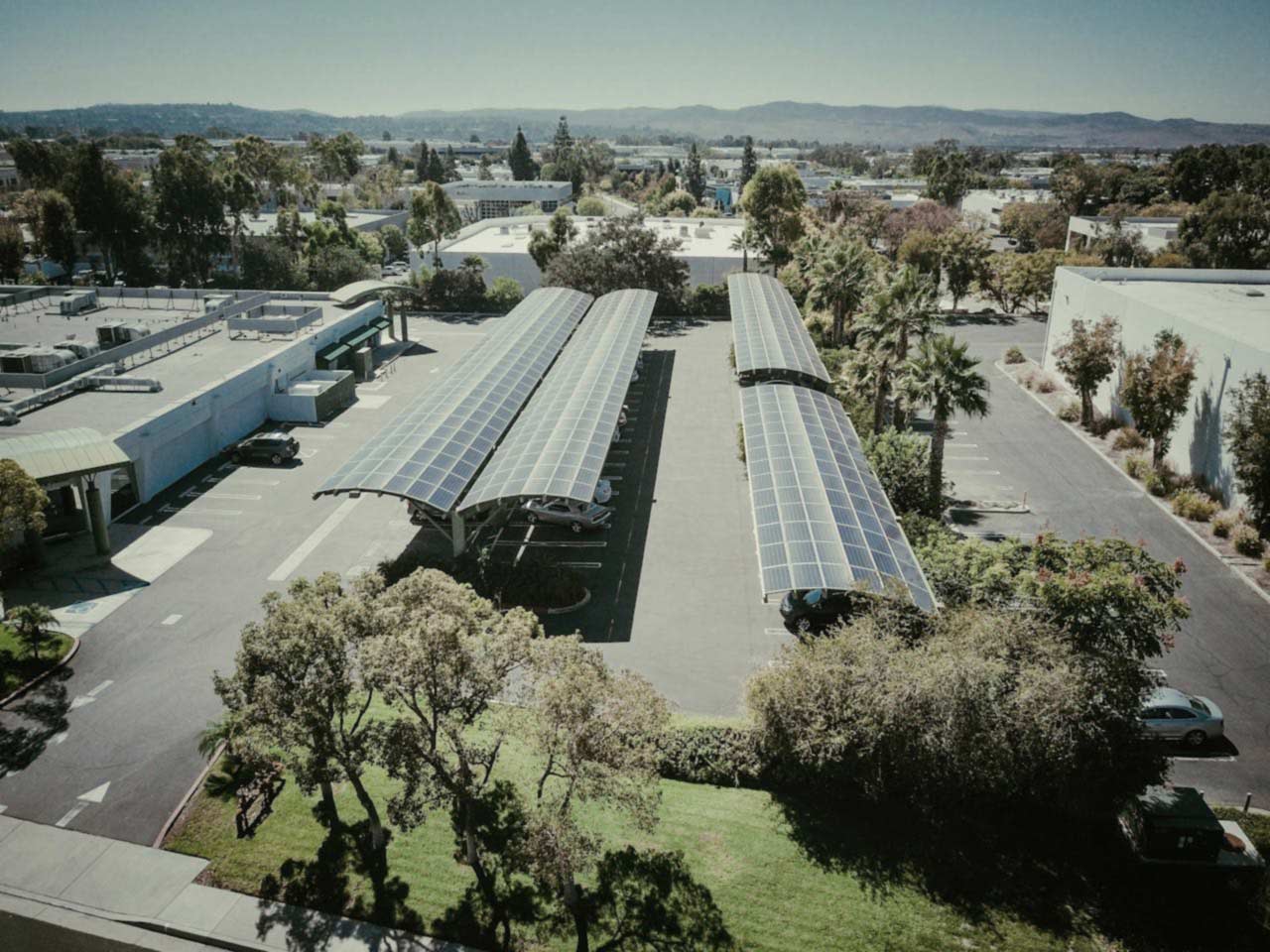India has an ambitious target of 100 GW of solar power installations by 2022. While sizable contributions to this target are expected to come from the rooftop solar systems, popularly called the roof solar and industrial solar system segments, as well as the residential rooftop PV segment, a larger contributor is expected to come from utility-scale ground-mounted solar power plant projects.
As one of the world’s leading agrarian nations, India faces the challenge of balancing solar development with food production. Leading solar energy companies are increasingly focused on sustainable land use practices to minimize disruption to fertile farmlands.
As per MNRE, in FY 2017-2018, ground mount solar plant installation stood at over 25 GWp, translating to approximately 500 sq km of land under solar modules. As the push to meet solar goals continues, there is growing emphasis on innovative solar energy solutions that integrate with agriculture—commonly referred to as Agro PV systems.
Globally, the idea of solar farms has been designed. An Agro PV project in Germany has had a successful pilot run, with winter wheat, potatoes, and celeriac being tested. Agro PV has also been undertaken in Japan. The heights of the installations vary from 2.5 to 3 m above the ground.
Agro PV in India
In India, ICAR has published its findings on an agro-PV system set up in Jodhpur. This study differs from its Japanese and German counterparts in the aspect of allowing for farming only in the inter-row spaces. The modules have not been raised to a greater height to allow for crop cultivation underneath the modules. Additionally, the pilot runs incorporated the use of a rainwater harvesting channel. As part of the mounting structure, a channel was placed at the bottom end of the panels to collect rainwater directly as well as from the drip of the modules.
A common theme across all the installations is the restriction on the height of cropped plants. This becomes critical when crops are grown in the inter-row spacing; taller crops would cause shading on the modules, creating efficiency issues and triggering technical faults with the modules’ performances.
Key Design Considerations and Challenges
Agro PV employs expansive use of the land on which the solar power plant is installed. This would involve raising the height of the mounting structures to reduce the intensity of the shadows cast by the modules. Raising the heights of the modules would also mean increasing the inter-row distance. These changes to the standard design of a ground mount project would allow the surface below the modules, across the land area of the project, to receive relatively uniform levels of sunlight.
On the cost side, this design would also require additional expenses to account for the increase in material for the mounting structures and also a reduction in the total power that the same piece of land could produce, had standard design practices been employed. However, crop yields under Agro PV systems remain lower than traditional farming, and large-scale viability still needs to be proven.
The Future of Agro PV
The future of agro PV will depend on the performance of both large-scale crops and solar power plants. If the additional costs are justified, and over time, their impact on power generation capacity. If the cost increases due to design changes do not match the returns for farmers and investors, other ideas for effective land use will have to be explored.
As we shift into a land-scarce world, it is crucial to ensure that tracts of land are put to efficient use. In this effort, all viable options must be carefully examined before one is chosen to be translated into a utility-scale project.
Conclusion
Balancing solar energy growth with agricultural sustainability is essential for India’s clean energy future. Agro PV systems offer a viable path toward dual-use land optimization, but careful consideration of costs, design, and crop suitability is needed to realize its full potential.
